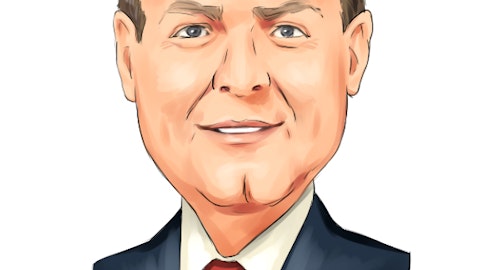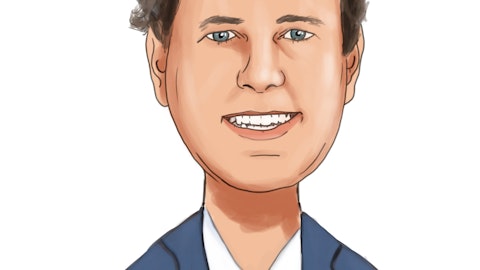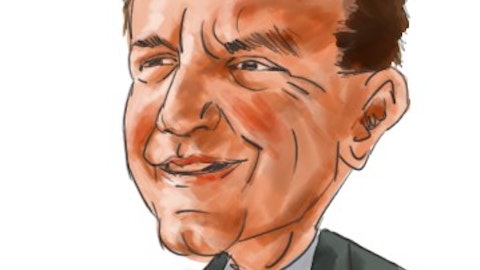Mike Achary: Yes, I’m glad to, Brad. And just to kind of close the loop on the fee income question. John is right. I mean, I can’t think of a quarter in a long, long time where we’ve kind of had every single component of specialty income kind of down quarter-over-quarter. So, BOLI, derivatives were both down to almost $2 million each, and even our SBIC income was also down a little bit north of $1 million. So, I think it would be unlikely that we would have another quarter — another consecutive quarter where we would have those categories all down again. So, we do look for that area to kind of rebound in 2023. As far as our CSOs — so yes, the CSOs that are there, again, as a reminder, those are our goals or targets, really 3 years down the road.
So, we kind of think about those in the context of fourth quarter of €˜25. And we’ve tried to be thoughtful in terms of what we think could happen with the rate environment going forward. And nobody has a crystal ball, and certainly, we don’t have one, but this is I think certainly a plausible forecast around rates, and we’ll go from there. Related to your NIM question, yes, it is a tough question. It certainly has rates begin to come down, it becomes harder, obviously, for us to maintain a NIM at a stable level because we are so asset-sensitive, but we’ve done a lot of work in the last year or so — last two years, really, in terms of extending the duration of our assets. And I do think on the way down, we’ll probably do better on this rate cycle down whenever it happens than probably in past rate cycles.
And really, the reason for that again is the work we’ve done to extend the duration of our assets. So, we’ll see once we get to that environment.
Operator: The next question comes from the line of Kevin Fitzsimmons with D.A. Davison.
Kevin Fitzsimmons: Mike, I think I heard you earlier — and forgive me if I’m wrong on this, but I think you said that the margin had expanded but not as much as you would have expected. So, I’m just curious what — if that’s true, what was that driver? Because I know, as you outlined, funding costs did go higher, but you guys expected that and you probably had built in the CD promotion or maybe you didn’t. And maybe that’s why it was not as much as expected. If you can just go through that. Thank you.
Mike Achary: Yes. Kevin, I think if you go back and look at our guidance coming out of the third quarter, it probably would have pointed to a NIM, maybe about 5 basis points or so higher than where we came in. And look, we’re pleased with where we came in at 3.68%. It’s still impressive on its own that we could move our NIM up 14 basis points in one quarter, not as impressive as the prior quarter at 50 basis points, but still 14 is a nice increase. I think the main reason is really why it probably didn’t move up as much as we had thought coming into the quarter. It really was more around the loss that we experienced in DDA balances. So, we were down about $700 million between the end of last quarter and this quarter. And on our balance sheet, those deposits — those three deposits are extremely impactful.
So I think that plus the 4% nine-month CD as well as a need to kind of pivot up probably a little bit higher than we expected in our overall deposit costs. So, I think those factors combined really contributed to the NIM not coming in maybe is quite as high as we thought it would coming into the quarter.





